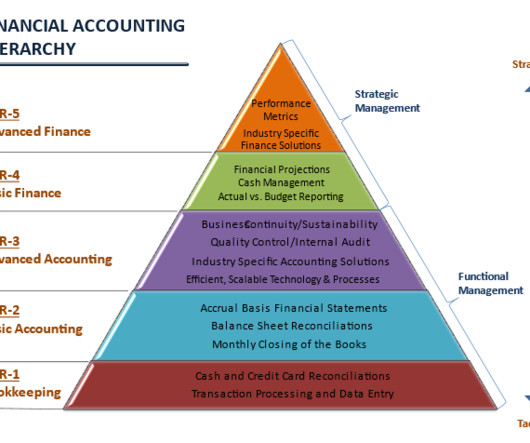Do Nonprofits Use Cash or Accrual Accounting?
The Charity CFO
APRIL 5, 2022
If you’re like many people, you probably think that there is a single set of accounting rules that every company must follow. . But that’s not quite true—nonprofits face a decision between 2 different accounting methods for tracking their financial activity: cash accounting vs. accrual accounting.














Let's personalize your content